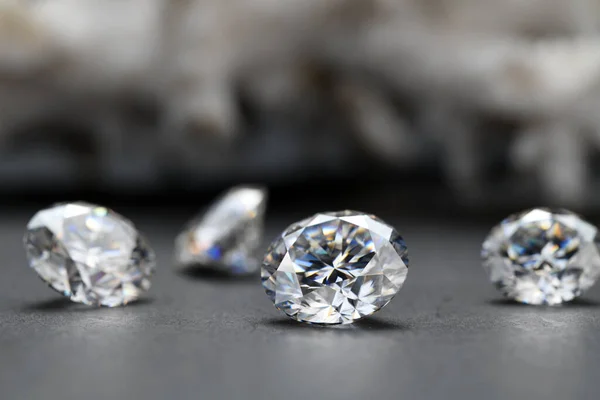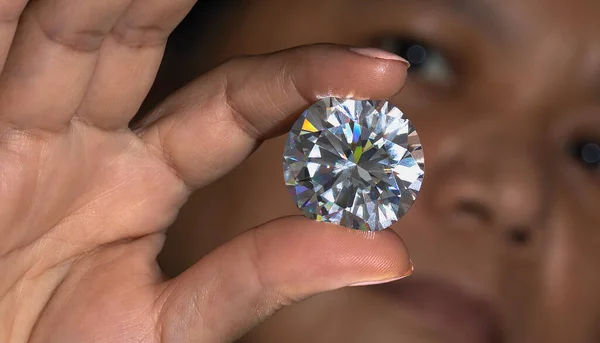Diamonds have fascinated humanity for centuries with their brilliance and rarity. From deep within the Earth’s mantle to the polished gems we see in jewelry, the journey of a diamond is as intricate as the stone itself.
The Journey of Diamonds: From Extraction to Loose Diamonds
The life of a diamond begins miles beneath the Earth’s surface, where carbon atoms crystallize under intense heat and pressure. These precious stones are brought to the surface through volcanic activity and are mined in various regions across the globe, including Africa, Canada, and Australia. Once extracted, diamonds are categorized into rough stones, which are then evaluated for their potential.
Rough diamonds, also known as loose diamonds when they are cut but not yet set in jewelry, undergo a meticulous process to become the sparkling gems we admire. Expert gemologists and craftsmen carefully study each diamond to determine the best way to cut it, maximizing its brilliance, clarity, and overall value. The cutting process involves precise calculations and skilled workmanship to ensure that each facet is perfectly aligned to reflect light optimally.

For those interested in acquiring these gems, Reuven Veksler’s collection of loose diamonds offers a diverse range of shapes, sizes, and colors. Their selection is curated to meet the highest standards, making it a reliable choice for those seeking the best in diamond quality.
Understanding the Types and Colors of Diamonds
Diamonds come in a variety of types and colors, each with its own unique characteristics. The most classic and sought-after diamonds are colorless, which are graded on a scale from D (completely colorless) to Z (light yellow or brown). Colorless diamonds are prized for their purity and brilliance.
- However, diamonds also occur in a spectrum of colors, known as “fancy” diamonds. These include shades such as yellow, blue, pink, green, and even rare red diamonds. The color in these diamonds is caused by the presence of certain elements or structural anomalies within the stone. Fancy-colored diamonds are often more valuable than their colorless counterparts due to their rarity and unique appeal.
- In addition to color, diamonds are also classified based on their cut, clarity, and carat weight—the “Four Cs” of diamond grading. The cut is crucial, as it determines how well a diamond reflects light. Clarity refers to the presence of internal or external flaws, with fewer imperfections resulting in a higher value. Carat weight measures the size of the diamond, with larger stones being more desirable.
- Reuven Veksler offers a wide selection of diamonds, catering to all preferences and budgets. Their collection includes both colorless and fancy-colored diamonds, allowing you to choose the perfect stone for your needs. With a focus on quality and craftsmanship, Reuven Veksler ensures that each diamond meets the highest standards.

In conclusion, the process of working with diamonds is a blend of natural wonder and human skill. From their formation deep within the Earth to the careful cutting and polishing that brings out their brilliance, diamonds are truly remarkable stones. When selecting a diamond, whether for a custom piece of jewelry or as an investment, choosing a reputable source like Reuven Veksler ensures that you receive a gem of exceptional quality and beauty.
 An Entrepreneur Blog Management, Strategy, Internet, Technology, Social Networks, Organizational Change and more!
An Entrepreneur Blog Management, Strategy, Internet, Technology, Social Networks, Organizational Change and more!



